Editors’ Picks




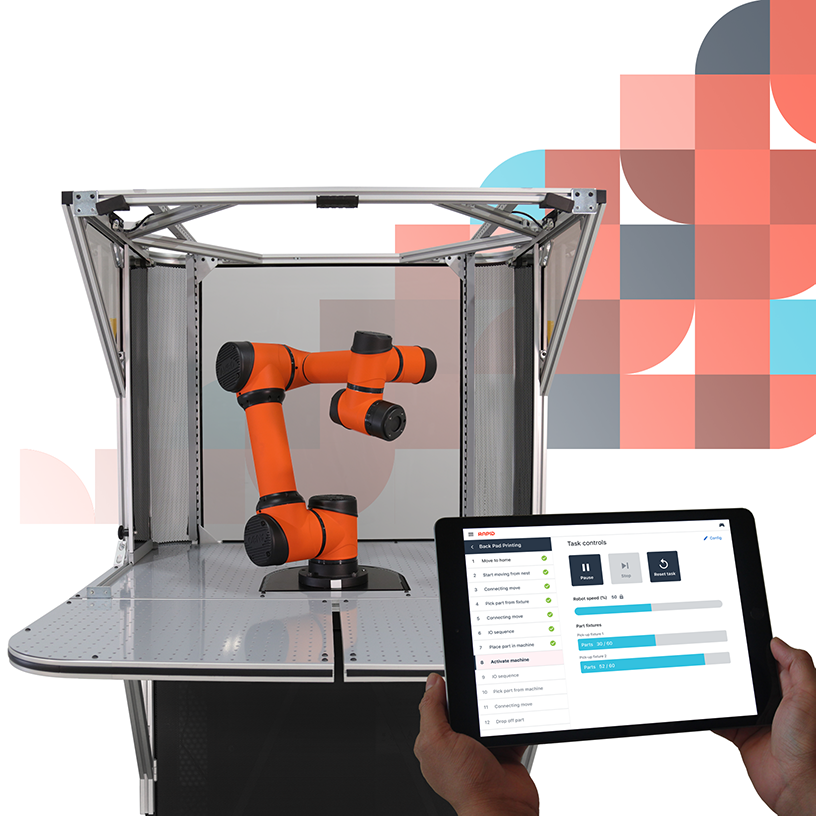
Found in Robotics News & Content, with a score of 10.18
…the past year across almost every industry sector including plastics, metals, medical devices, automotive, pharma, semiconductors, and electronics. With Rapid Machine Operators available by subscription for less than $2,100 per month, manufacturers can increase profits by an average of $110,000 per year for each unit installed, said Rapid Robotics. The RaaS model, which is similar to software as a service and transfers costs from capital expenditures to operational expenditures, enables manufacturers to bid for work that previously would have gone overseas, it noted. “It’s hard to overstate the economic implications of the Rapid Machine Operator,” said Aaron Jacobson, partner at…
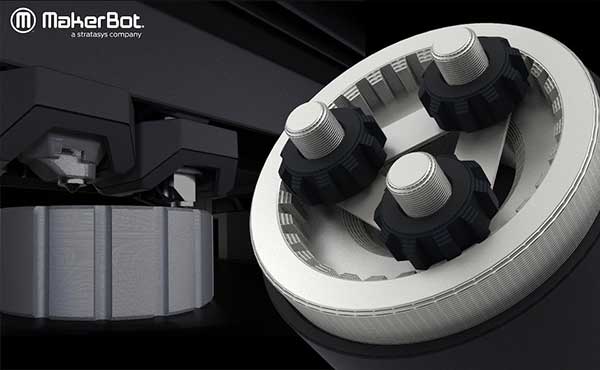
Found in Robotics News & Content, with a score of 7.95
…materials on METHOD, opening the possibilities of new and different applications. With the METHOD platform, users can print engineering-grade plastics and carbon fiber materials, while also exploring applications with experimental metal 3D printing solutions. METHOD’s modular platform lets users easily switch between six extruders that allow them to print different base and model materials. MakerBot is continuing to identify additional industrial 3D printing materials for the METHOD platform. For more information, visit Makerbot.com.
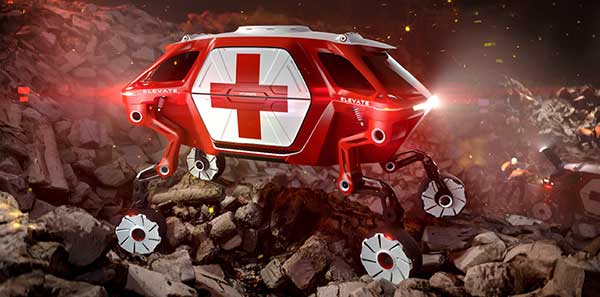
Found in Robotics News & Content, with a score of 3.41
…PCBs [printed circuit boards],” Ogasawara says. “I chose nylon plastic (PA 12) for its material. SLS [selective laser sintering] was the method we used to print in the nylon material as it’s suitable for very complex structures like X VEIN, and there was no need to use support material.” Ogasawara and his co-creator Kumeda used Autodesk Fusion 360 and applied generative design to keep the drone as light as possible for aerodynamics. “For a drone to hover in midair, the lift it generates must exactly match its own weight,” explains Ogasawara. “Variations of even 5% of overall weight change how…
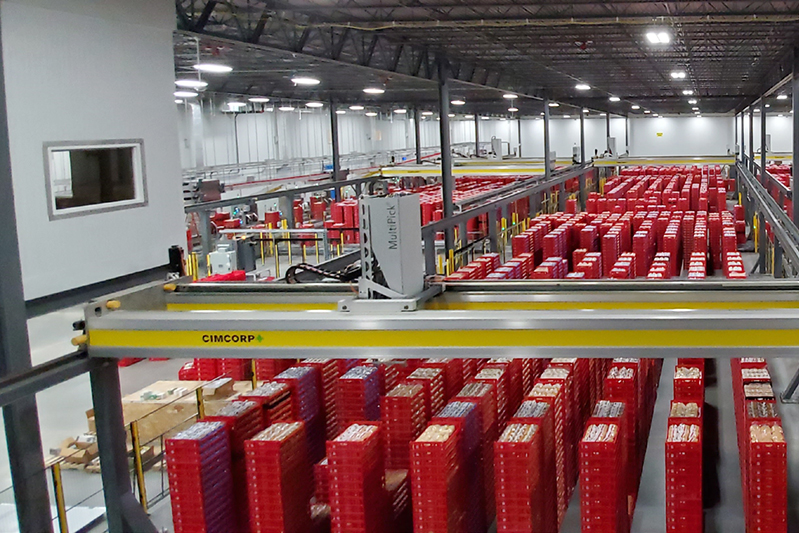
Found in Robotics News & Content, with a score of 8.53
…a system that automates order picking of products in plastic crates or trays. Working closely with Kwik Trip, the supplier designed the layout and a custom automated solution based on the facility’s expected throughput and business needs. They determined high-density storage would enable the optimal use of storage space for Kwik Trip’s sizeable fast-moving inventory with bagged products stored in around 80,000 plastic trays stacked up to 20 trays high across the warehouse floor. “Cimcorp’s automation is central to enabling this efficient product movement and is therefore pivotal to our bakery business. Cimcorp worked closely with us to develop an…
Found in Robotics News & Content, with a score of 21.31
…Manufacturing announces the acquisition of Summit Tooling and Summit Plastics, a precision tooling and injection molding services provider specializing in small-to-medium prototype injection molds for the domestic market. This acquisition will expand Fathom's domestic injection molding capabilities, companies report. “Summit's focus on customers during the design, prototyping and low-volume production stages of a product's life cycle perfectly aligns with Fathom's unique customer value proposition. We're excited to work with the Summit team to explore opportunities to even better serve its customers through Fathom's comprehensive digital manufacturing platform while also providing Fathom's existing customer base with expanded domestic quick-turn precision tooling…
Found in Robotics News & Content, with a score of 10.87
…chief component. This aluminum has made way for high-performance plastics and high-performance carbon fibers. These high-performance thermoplastics are lightweight and resist high temperatures that lead to fuel optimizations. High-performance thermoplastics are the desired material in large industries such as electrical and electronics and industrial applications. Thermoplastics have seen increasing demand in emerging economies such as India and China. A rousing demand in consumer electronic products has attributed success to market growth in thermoplastics. A rising population on a global scale and increasing disposable incomes has powered demand for these products in end-use industries that include thriving growth for market. A…
Found in Robotics News & Content, with a score of 6.71
…69%, food and consumer goods grew by 56%, and plastics and rubber saw a 51% increase. Automotive orders increased 39% in 2020. “In 2020, we saw two trends in particular that propelled growth in non-automotive orders for robotics technology,” said John Bubnikovich, Chief Regional Officer – North America, KUKA Robotics. “First, the automation competence level in general industry has grown, and that matured into greater demand for the technology. Second, consumer behavior shifted significantly and the expectations created by this shift were tough to satisfy without automation.” At the same time, Bubnikovich said, supply chain disruptions and instability in the…
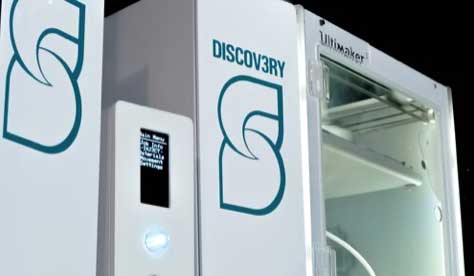
Found in Robotics News & Content, with a score of 16.41
…technology and expanded the printers' material capabilities beyond standard plastics,” says Charles Mire, CEO and co-founder of Structur3d. “Our Inj3ctor platform spotlights our shift to industrial manufacturing markets and demonstrates how additive manufacturing can lead the way toward the factory of the future. The technology opens the door for product developers and manufacturers to accelerate research and prototyping while reducing risk in supply chain procurement and manufacturing.” Product developers can design a hyper-detailed mold using standard CAD software and 3D print the part with standard, durable or dissolvable plastic. Then users choose from tens of thousands of liquid rubber materials,…
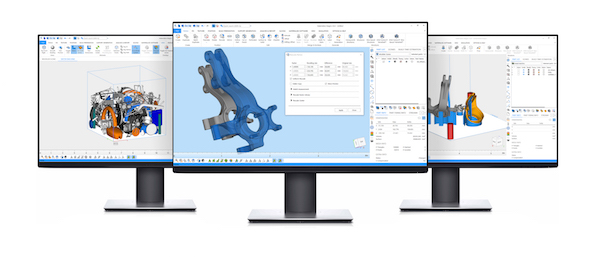
Found in Robotics News & Content, with a score of 6.38
…of fossil fuels compared to conventional manufacturing technology. Redesigning plastics laser sintering Most of the announcements Materialise made at its recent annual conference (moved online like everything else these days) aim for the sustainability agenda. The first was Bluesint 12, a laser sintering specification that allows material reuse. Materialise says when residual powder from a previous 3D printing project is used, it creates an “orange peel” effect in which surface texture is “largely unusable.” Materialise says this orange peel effect is caused by “shrinking that occurs when the powder cools down between two consecutive sintering processes.” The existing solution is…
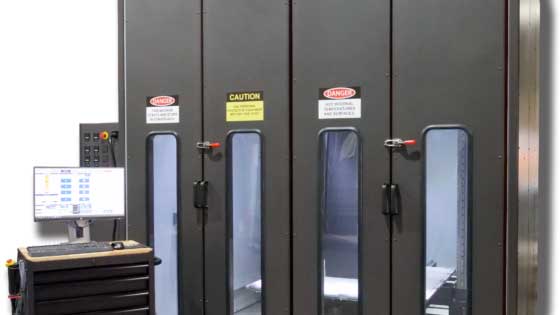
Found in Robotics News & Content, with a score of 7.22
…enables production additive manufacturing solutions by printing directly with plastic pellets instead of traditional filament. Pellet extrusion increases throughput and decreases material costs, while also expanding the variety of materials that can be 3D printed. Pellet Extrusion on the Atlas also enables the ability to print large, production parts due to the faster print speeds and higher throughput on the Atlas. Flow rates range from 1 lbs to 30 lbs per hour and prints speeds can top out at 30,000 mm per minute, reducing production time from days to hours. The combination of reduced feedstock cost and faster print speeds…

Found in Robotics News & Content, with a score of 5.48
…of factors, including gravity, shrinkage, density variations, elastic bending, plastic deformation, friction drag and more. The thermodynamic and mechanical transformations that occur during sintering take place under intense heat, making them difficult to observe without either halting the sintering process mid-cycle or installing windows in the furnace to observe distortions from images taken at high temperature. While such methods are potentially tolerable in R&D environments, they create significant delays and costs in time to market for production applications. Live Sinter can be calibrated to a variety of alloys. It predicts the shrinkage and distortion that parts undergo during sintering, and…
Found in Robotics News & Content, with a score of 10.75
…the Atlas enables AM solutions by printing directly with plastic pellets instead of traditional filament. Image courtesy of Titan Robotics/Jabil. Together, the companies are driving the production of large-format tooling for applications in sheet metal forming, composite layups, welding fixtures, molding, casting patterns and end-use parts on Titan Atlas printers to meet a need for increased part strength and faster printing speeds, companies say. Jabil’s specialized materials science expertise, combined with Titan’s robust printing performance, are ideally suited for addressing the growing list of rigorous industrial, as well as medical, defense and aerospace applications. “Titan and Jabil are fulfilling a…



